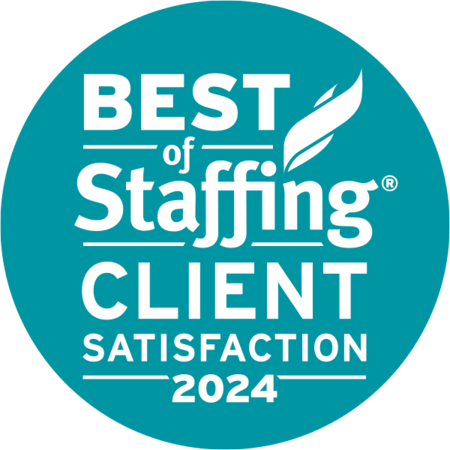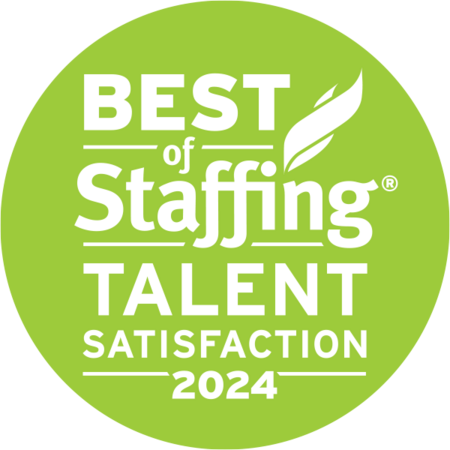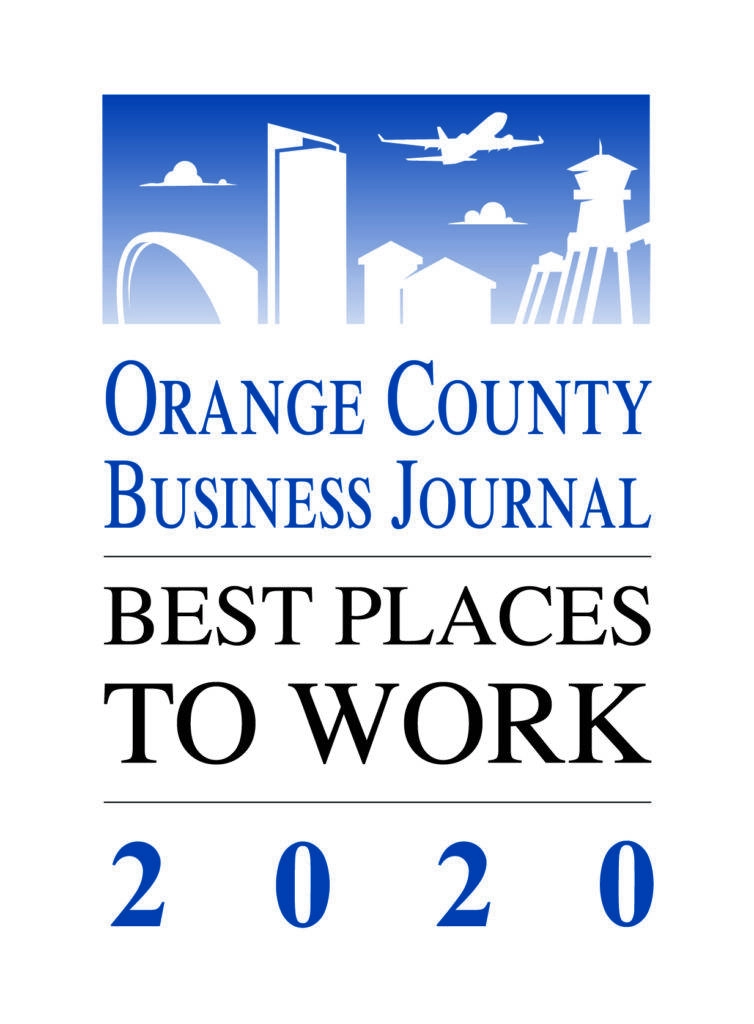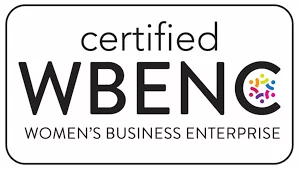We’ve heard a similar theme from many of our clients: We’re waiting until September when kids are back in school to begin fully reopening our offices. Many said they expected most, if not all, of their team members to be back in the office by the end of summer. But the Delta variant and a slow-down in vaccinations has thrown a wrench in some of those plans.
There are many unknowns, but one thing is for certain — a hybrid work model will be with us for a while.
The pandemic forced organizations to reassess business operations and implement work-from-home strategies over the past 18 months. This required a huge shift in Accounting and Finance, which traditionally promoted in-office work environments. But the normalization of work-from-home has forever changed behaviors, opinions, attitudes, and expectations of today’s workforce, building the case for greater flexibility in workplace policies and procedures.
Hybrid Solutions
When it comes to employee wellness and satisfaction, we’ve learned two important things from our experiences over the past year and a half. People like working from home, but they also miss social interactions and collaborating with peers. A recent Microsoft and LinkedIn work trend survey of 30,000 people in 31 countries found that “Employees want the best of both worlds.” More than 70% of workers want the flexibility to work from home, while 65% crave more in-person time with their teams. Bottom line: Organizations across all industries and geographic locations need to have a well thought-out, consistent hybrid work policy.
Here are some tips and tools for crafting a policy that gives employees the option to blend their time at the office and home.
Beat Digital Fatigue and Boost Employee Morale
Splitting time between the office and home combats the digital fatigue and isolation that people around the world reported when solely working from home. There is a critical need for human connection, and studies show that collaborating at work increases problem solving, builds interpersonal skills, drives motivation, improves communication, and leads to higher job satisfaction.
Help Employees Reset Boundaries
Work-from-home has blurred business and personal time. Employees increasingly reported longer days and “always being on.” It’s time to reset healthy boundaries and truly unplug when leaving the office. Take the opportunity to reinforce work-life balance as people return to the office.
Refocus on Professional Development
Nothing promotes greater opportunity for personal growth than face-to-face time with a senior colleague who is dedicated to helping others achieve career goals. Focus on mentoring, coaching and other professional development programs to drive individual and company growth. Nothing says “I value you” more than investing in your employees.
Update Benefit Packages
Employees expect a greater focus on their mental and physical wellbeing; this should be reflected in benefit packages. Wellness stipends, reimbursement policies and fitness memberships are a few easy ways to offer meaningful additional perks.
Enhance Your Office Space
Make your office a place that attracts your employees. Research shows that quality workplace design reduces stress and increases productivity. An overwhelming 87% of employees said they want healthier workspaces that include wellness rooms, standing desks, ergonomic seating, natural light, and fresh air.
Improve Technology
As businesses navigate flexible workspace, it’s critical to install the right technology to facilitate remote collaboration with onsite employees. Investing in top-quality hardware and IT infrastructure ensures that your teams remain productive and connected, regardless if working in the office, at home, or from another remote location. Top tech also keeps employees frustration-free and productive.
Reestablish Company Culture
Reengage your employees through empathy and shared leadership. Company culture improves when leaders provide greater transparency and better communication of purpose, values and goals. The pandemic has also left people seeking stronger connections with local and global communities. Many organizations are placing greater emphasis on culture, core values and community, resulting in employees feeling deeper respect and pride in the positive impact beyond office walls.
A recent Gensler article explained how “Community impact is a key strategy in returning to the office.”
The Hybrid Workplace Puts People First
It’s time to invest in your most valuable asset, people. Offering a hybrid workplace model provides more flexibility, helps employees regain work-life balance, approaches professional development with renewed interest, and brings people back together for much needed interaction and collaboration. Ensure your company culture is welcoming and that you emphasize a company culture of transparency, empathy and inclusivity.
Related Articles
California is Reopening: Here’s Your Quick List of Workplace Does and Donts
Strategies for Retaining Top Talent in 2021 and Beyond (Part 1)
Strategies for Retaining Top Talent in 2021 and Beyond (Part 2)





